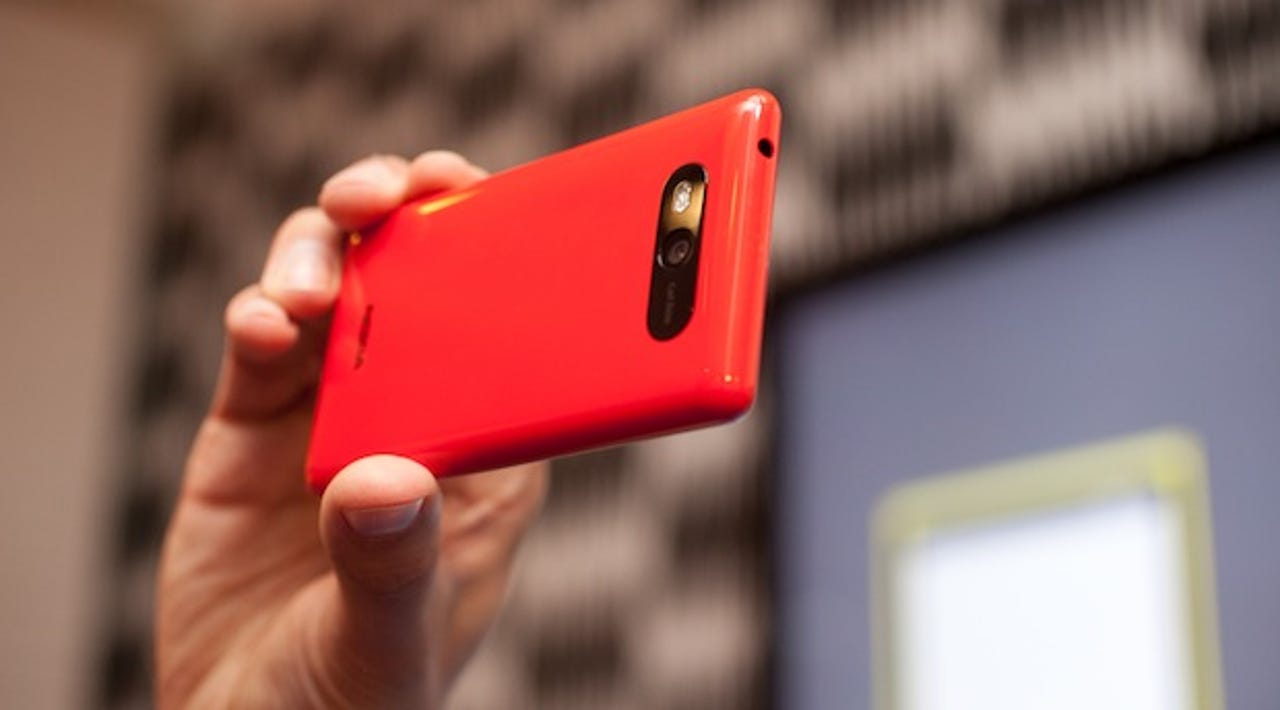Nokia wakes up, smells coffee; aggressively ramps up China effort

Nokia, a company that all but survives on selling cheaper feature phones, is making its last-ditch attempt for survival by hitting China, the mother of all emerging markets, with two medium-to-high range Lumia smartphones.
One word: finally. It's about time the company smelled the coffee and woke up, even if it is about three years too late.

The run down of new devices features the Nokia 105, a small and durable 1.5-inch display device at just €15 ($19), designed for China, Indonesia, India and Nigeria, with little more than phone calls and long battery life in mind. Then, the Nokia 301 feature phone appeals to the emerging market youngster with a 3.2-megapixel camera, panorama and a long-lasting battery for up to 39 days of juice.
Meanwhile, the Nokia Lumia 520 and Lumia 720 appeal to the mid-range and higher-end of the market, something the phone maker has always hoped the Windows Phone-powered smartphones would eventually achieve.
While the Lumia 520 will arrive in the U.S. on T-Mobile in the next three-four months with an eye on patching a large albeit neglected segment of the U.S. market, the Lumia 720 is designed for the European and Asia markets; another way of saying that the firm wants to hit a number of emerging, veering on semi-developed countries in an area with a booming population.
The Lumia 720 will go on sale during the second quarter for €249 ($340), hitting the high-end of the squeezed budget user.
Reading the tea leaves, Nokia hopes it can offer a one-size fits all solution for the burgeoning population of those with more than a little bit of cash to splurge out on. At the same time, there's no beating about the bush: this is Nokia's last ditch (and grandísimo) attempt to keep its head above the water. The mobile phone market in the lucrative Asia markets is swamped and saturated with homegrown competitors that have kept well ahead of the curve, such as Huawei, ZTE and most notably Samsung.
China was all but inevitably Nokia's next move. Nokia recently struck a deal with China Mobile to offer a variant of the Lumia 920 to its 703 million subscribers. While this deal was for both Nokia and Microsoft, the maker of the device's mobile platform, at around the same time Microsoft also signed a deal solely for itself to try and raise its Windows Phone platform profile among China Unicom's 70 million users.
It looked as though while Nokia was making a deal to try and benefit both it and its mobile partner, Microsoft was going its own way to try and expand its platform offering elsewhere. Nokia may have itself—a whole billion dollar company to save, but Microsoft only has a mobile platform that it has spent time and money in developing to save.
It was seen as Microsoft slowing pushing away in a wealthy, vastly untapped region in spite of its 'special' relationship with Nokia. And, considering how much the Finnish phone giant has invested in Windows Phone after pulling the plug on the popular and lucrative Symbian platform—a relatively stable revenue source for the company—it was seen as a slight slap in the face.
But that hasn't stopped Nokia going all-in on the China front with its platform, in spite of Microsoft's push to ask other smartphone makers to invest in its platform.
China remains divided, in that it has an increasingly large number of cellular users, though the rate in which feature phone users become higher-end smartphone users is rising, but at a slower rate.
Nokia's market share in China has fallen by 78 percent year-over-year between Q3 2011 and Q3 2012, sending alarm bells ringing through the hallways of the Espoo, Finland-based phone maker. Both Nokia's feature phone and smartphone divisions are under-perfoming compared to only five years ago when Nokia still reigned as the world's number one smartphone maker, and Nokia lack of innovation has continued to drag it down.
Feature phones remain Nokia's largest money-maker, but it continues to lose huge amounts of revenue in a region increasingly interested in smarter devices. The company's step up to fill this gap may leave the company in fourth or fifth in line of the minds and hearts of the end-user.
Despite selling only 4.4 million Lumia smartphones in the fourth quarter, Nokia could still turn things around if aggressively pushes its products in China.
If that fails, so does any chance of Nokia making a Windows Phone only comeback, and all bets of a recovery are all but off the table.
Make no mistake, a failed push into China will likely kill the Lumia, along with Nokia's relationship with Microsoft, and likely lead to final push that nudges the phone maker over the edge into the mobile tar pit.